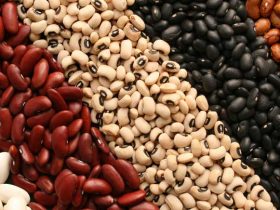Overview of Colitis

Colitis is the occurrence of an acute or chronic inflammatory process in the intestine, which is as a result of a toxic, infectious, or ischemic lesion of the gastrointestinal tract. For different reasons, pathogenic microflora concentrations in the organ can increase and provoke the development of edema, irregular colon wall contraction, and other symptoms. In advanced cases of colitis, the individual may develop a pathology that is characterized by ulcer formation in the wall and lining of the intestine.
The intensity and severity of colitis symptoms depend on the form of the disease. In the acute phase, the symptoms of the disease are very pronounced and grow rapidly. Colitis first manifests as painful sensations. This pain can get worse with mechanical impacts, such as running or walking.
Colitis in advanced cases has a sluggish manifestation of signs of the disease, which can be alarming even during periods of remission. This condition is characterized by the appearance of a skin rash and nausea, which is explained by the toxic damage to the body with colitis.
Also, with colitis, bloating and heaviness in the abdomen can be felt, flatulence appears. With timely treatment, colitis can be eliminated in a short time. Otherwise, acute colitis is replaced by a chronic process, and then the duration and method of treatment can become longer and significant. There are some common symptoms of colitis.
The symptoms of colitis also usually vary according to the type of the disease. In general, however, they may have common signs and symptoms, such as;













